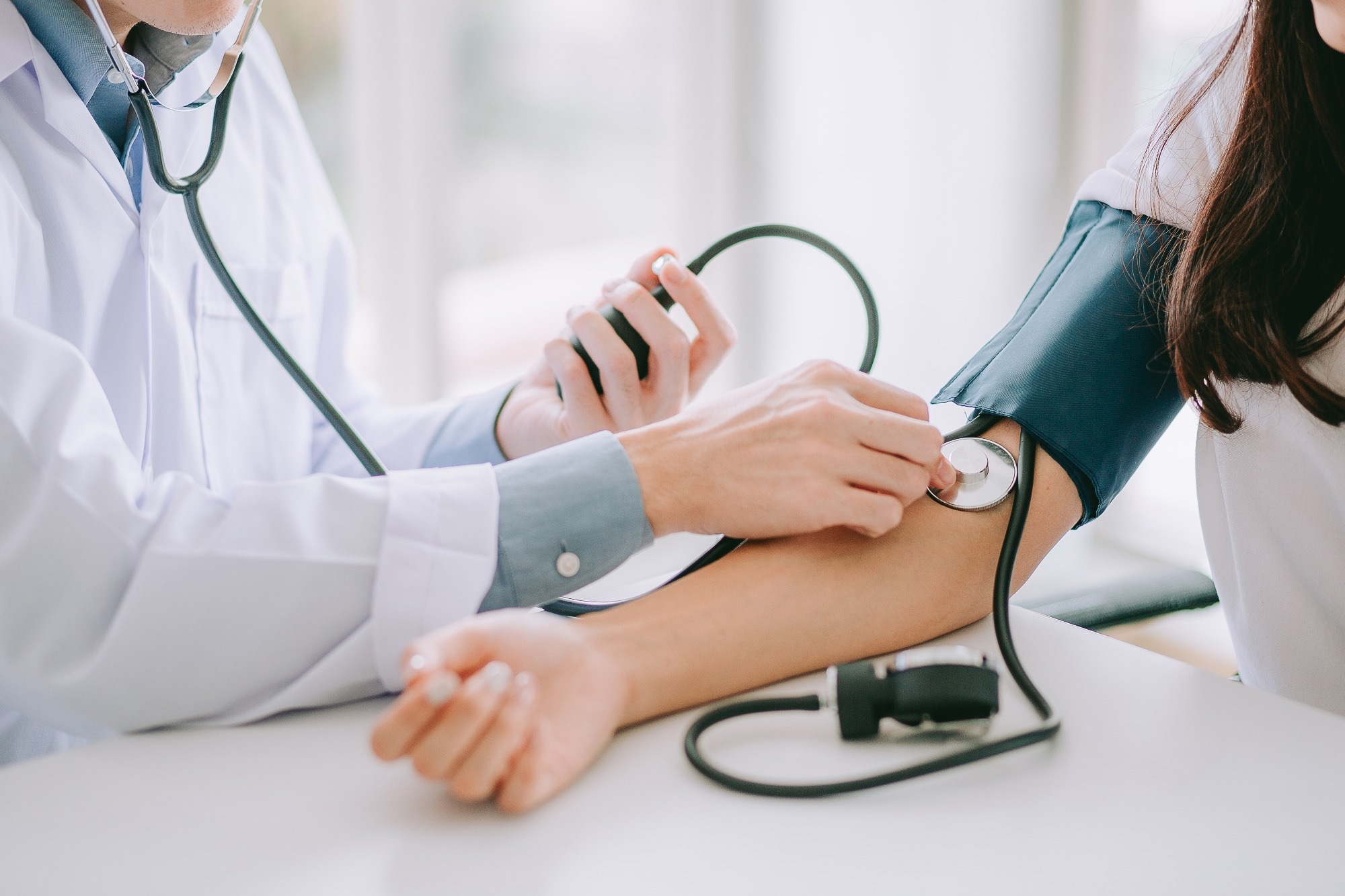
Hypertension is when blood pressure is too high. Blood pressure is written as two numbers. The first (systolic) number represents the pressure in blood vessels when the heart contracts or beats. The second (diastolic) number represents the pressure in the vessels when the heart rests between beats.A condition in which the force of the blood against the artery walls is too high. Usually hypertension is defined as blood pressure above 140/90, and is considered severe if the pressure is above 180/120.High blood pressure often has no symptoms. Over time, if untreated, it can cause health conditions, such as heart disease and stroke. Eating a healthier diet with less salt, exercising regularly and taking medication can help lower blood pressure.
Symptoms: High blood pressure often has no symptoms. Over time, if untreated, it can cause health conditions, such as heart disease and stroke.
A significant portion of individuals who have recovered from severe acute respiratory syndrome coronavirus 2 (SARS-CoV-2) infections experience debilitating fatigue, neurological and cardiac complications, headaches, and muscle and joint pain for four weeks or more after recovery; this has now been characterized as long-COVID.
While many studies have reported new-onset diabetes mellitus, dyslipidemia, and hypertension in acute COVID-19 patients, there is a scarcity of reviews exploring the co-occurrence of these diseases during long-COVID. Understanding the increased risk of diabetes mellitus, hypertension, and lipid imbalance after SARS-CoV-2 infections is essential to develop effective post-COVID management strategies.



.jpeg)
No comments:
Post a Comment